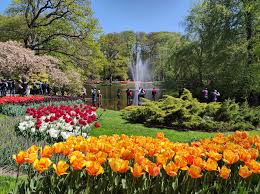The Role of Garden Architecture in Palaces and the Influence of Feng Shui
In the heart of many royal palaces around the world, the design of garden spaces is as significant as the architecture of the buildings themselves. Garden architecture in palaces not only provides aesthetic beauty but also serves as a symbol of power, harmony, and balance. The intricate relationship between garden design and the philosophy of









